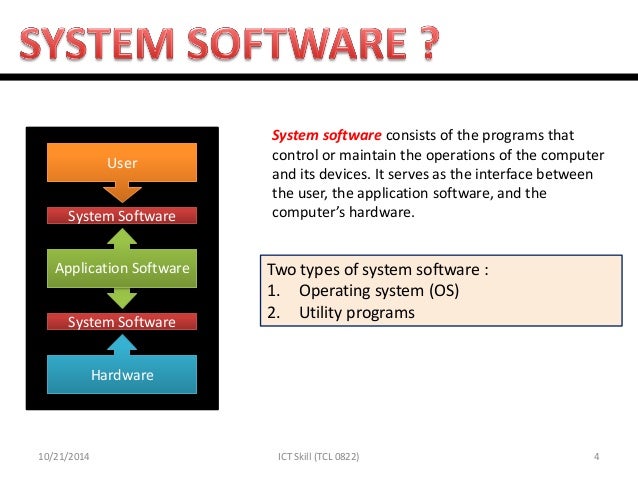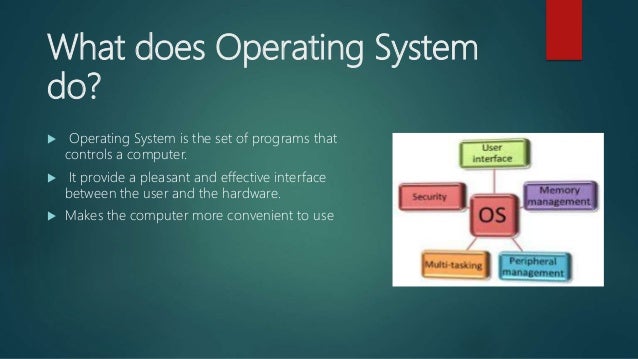What Does A Utility Program Do
› [ C ] IT a computer program that is used to do a particular task: The program includes a set of utilities and file recovery tools for advanced users. › [ U ] how useful something is: The product became popular thanks to its high utility in many different situations. Since their expected utilities are the same, the rationality of choosing one cannot differ from that of choosing the other. Из Cambridge English Corpus. We will salvage a version of the claim in which utilities stand for themselves, without representing preferences. Из Cambridge English Corpus. Although payoffs may not have been symmetric, this part of my argument only relies on ordinal utilities. Free Online Dictionary of Computing - FOLDOC foldoc.org. Utility program utility program. Utility software. Permanent link to this page: Отправить ссылку на эту страницу по ICQ или E-Mail.
Нет, не «был»! Песни о юрие гагарине. Слышишь дальний гром? Ведь смерть он победил!

Study these ways of linking a problem and a solution. Problem:get rid of logic errors Solution:hand-test the program You can get rid of logic errors by hand-testing the program. To get rid of logic errors, hand-test the program. Match these problems and solutions. Link them following the examples above.
The phase in which the system's computer programs are written is called the development phase. The programs are lists of instructions that will be followed by the control unit of the central processing unit (CPU). The instructions of the program must be complete and in the appropriate sequence, or else the wrong answers will result. To guard against these errors in logic and to document the program's logical approach, logic plans should be developed. There are two common techniques for planning the logic of a program. The first technique is flowcharting.
A flowchart is a plan in the form of a graphic or pictorial representation that uses predefined symbols to illustrate the program logic. It is, therefore, a 'picture' of the logical steps to be performed by the computer. Each of the predefined symbol shapes stands for a general operation. The symbol shape communicates the nature of the general operation, and the specifics are written within the symbol.
A plastic or metal guide called a template is used to make drawing the symbols easier. The second technique for planning program logic is called pseudocode. Pseudocode is an imitation of actual program instructions.
It allows a program-like structure without the burden of programming rules to follow. Pseudocode is less time-consuming for the professional programmer than is flowcharting. It also emphasizes a top-down approach to program structure.
Pseudocode has three basic structures: sequence, decision, and looping logic. With these three structures, any required logic can be expressed. Answer the following questions using the information from the text: 1.
What is programming? What is the essence of programming? What should be done with the problem before processing by the computer? What is a program? What are instructions? What are the main techniques for planning the program logic?

What is a flowchart? What is a template and what is it used for? What do you understand by 'pseudocode'? What are the basic structures of pseudocode?
OPERATING SYSTEMS AND THE GUI Read and translate the text. Use a dictionary to help you Types of software; the operating system (OS) 1. System software controls the basic functions of a computer, e.g. Operating systems, programming software and utility programs. Application software lets you do specific jobs such as writing letters, doing calculations, drawing or playing games. Examples are a word processor or a graphics package. An operating system is a set of programs that control the hardware and allow people and applications to communicate with the hardware.
Typical functions of the OS are handling input/output operations, running programs and organizing files on disks. The OS also gives access to networks and allows multitasking: a user can run several programs (and do various tasks) at a time. Examples arе: − the Windows family – designed by Microsoft and used on most PCs − Mac OS – created by Apple and used on Macintosh computers − Unix – found on mainframes and workstations in corporate installations, as it supports multi-users − Linux – developed under the GNU General Public License; anyone can copy its source code, modify and redistribute it. It is used on PCs and in appliances and small devices. The Graphical User Interface A GUI makes use of a WIMP environment: Windows, Icons, Menus and Pointer. This type of interface is user-friendly, where system functions are accessed by-selecting self-explanatory icons (pictures representing programs or documents) and items from menus. A drop-down menu, or pull-down menu, is a list of options that appear below a menu bar when you click on an item.

The pointer is the arrow, controlled by the mouse, which lets you choose options from menus. The background screen that displays icons, representing programs, files and folders (directories) is called the desktop. Double-clickinga folder icon opens a window which shows the programs, documents and other folders contained within the folder. System utilities These are small programs included with an OS that improve a system's performance.
They can be desk accessories, device drivers, or system extensions activated when you turn on the PC. − A crashed disk rescuer is used to restore disks and corrupted files. − An accessibility program makes a PC easier for disabled users to use. − A compression utility rewrites data so that it takes less space on disk. − A media player lets you watch DVDs, play music and listen to the radio on the Web. A personal digital assistant or PDA is a tiny computer which can be held in one hand.
The term PDA refers to a wide variety of handheld devices, palmtops and pocket PCs.Some models incorporate handwriting recognition, which enables a PDA to recognize characters written by hand. Some PDAs recognize spoken words by using voice recognition software. They can be used as mobile phones or as personal organizers for storing notes, reminders and addresses.
They also let you access the Internet via wireless technology, without cables. Vocabulary list mainframe – большая вычислительная машина large amounts of data – большое количество информации multiple users –многочисленныeпользователи simultaneous – одновременный, мгновенный large-scale – масштабируемый; зд. − Headers, footers and page numbering: Allows you to specify customized headers and footers that the word processor will put at the top and bottom of evenpage.
The word processor automatically keeps track of page numbers so that the correct number appears on each page. − Layout: Allows you to specify different margins within a single document and to specify various methods for indenting paragraphs - how much space you leave between the margins and the paragraphs. − Merge: Allows you to merge text from one file into another file. This is particularly useful for generating many files that have the same format but different data. Generating mailing labels is the classic example of using merges. − Spell checker: A utility that allows you to check the spelling of words. It will highlight any words that it docs not recognize.
− Thesaurus: Allows you to search for synonyms without leaving the word processor. The line dividing word processors from desktop publishing systems is constantly shifting. In general, though, DTP applications support finer control over layout and more support for full-colourdocuments.